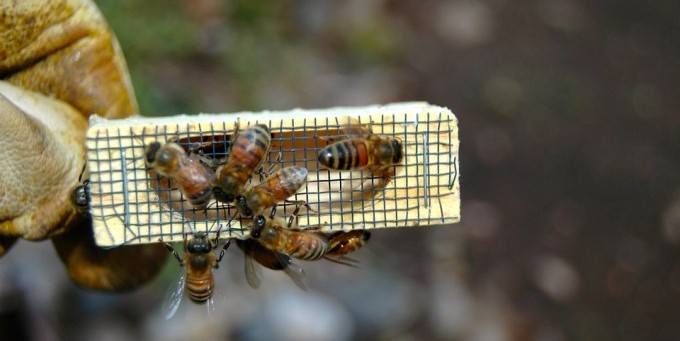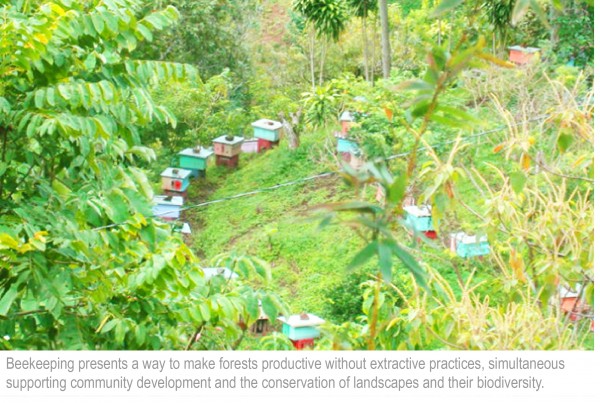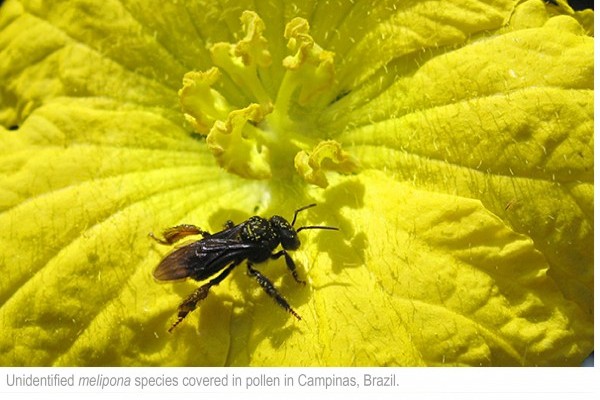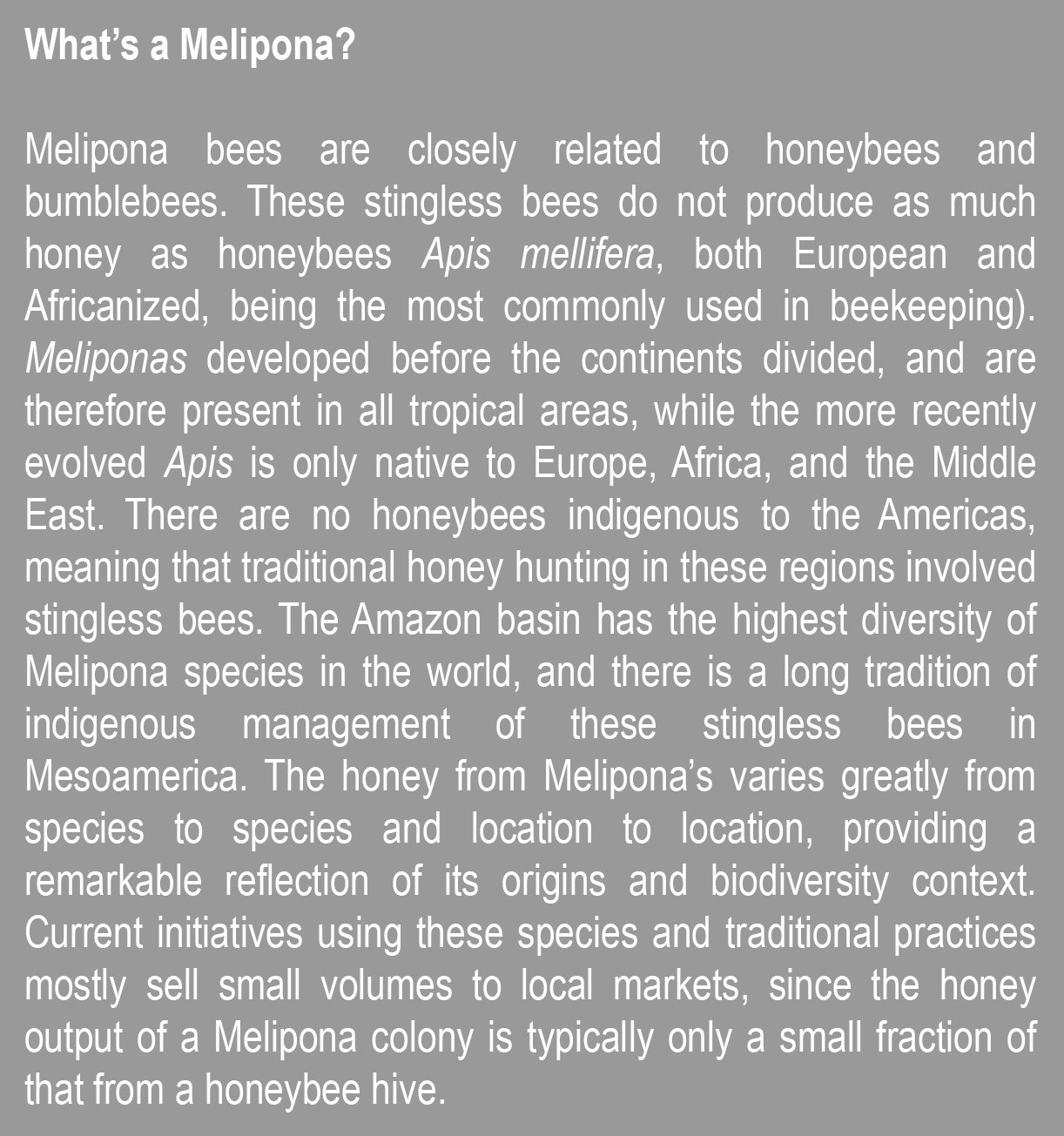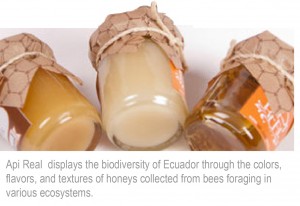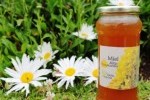In our last blog, we explored the important role that bees play in maintaining healthy ecosystems and farms – and the opportunities that honey and beekeeping represent for conservation. This second instalment takes a deeper look at how honey producers around the world are putting into practice the links between economic development and forest conservation.
Bees not only have a long relationship with forests and natural ecosystems, but also with us humans within those systems; we have evolved together, each learning how to take our fill in balance with the other (remember the honey guides from the previous blog?). It also turns out that bees–in their infinite ability to connect and propagate separate parts of complex systems–actually provide a solution to the perceived contradictions of conservation versus development by humans. By turning economic opportunity into opportunity for conservation, and vice versa, bees provide income that’s an incentive to maintain biodiversity.
In their report Bees and their role in forest livelihoods, the Food and Agriculture Organization of the UN states:
“to conserve forests, local people must be assured of sources of food and income that are sustainable without being environmentally damaging… forest beekeeping is an environmentally sound activity, yet one that enables forest-dwelling people to harvest products that can be world quality.”
As the FAO points out, bees see this complicated, seemingly paradoxical to-do list, and simply reply, “check.” Beekeeping provides access to free, high carb (honey), high protein (larvae and pollen) food sources; it produces various products (honey, wax, propolis, etc.) often of exceptional quality; and not only does raising bees fail to harm the environment, it motivates producers to conserve it. Check, check, check.
So how does this look in practice?
Assuring sources of food and income
A great example is the Inyonga Project in Tanzania. This initiative established bee reserves within existing forest reserves. Beekeepers were given access to this otherwise “unproductive” land, allowing members from nearby communities to generate income and to become invested in the conservation of the reserve that provides for their bees through its protected biodiversity.
Just as the Inyonga Project turns a conservation initiative into an opportunity for community development, the reverse can be true, seen through projects such as ASPROBOS (Association for the Protection of Dry Forests). Located in Choloque, Peru, a biodiversity hotspot, this community of 60 families, including Mochica indigenous families, nonetheless lived in poverty, with logging their only source of income. Afraid of falling into systematic poverty once their natural resources disappeared, ASPROBOS now supports themselves through the production of non-timber forest products rather than extractive practices, and a significant part of their income comes from apiculture. This honey is made possible by the 1000 hectares of dry forest managed by ASPROBOS, which they have reforested with native species for this reason. Some of this honey is collected from Melipona, or stingless, bees, which are native to the forests (see box).
With roots going back centuries, the Mayan women of the Melitzaak organization in the Sian Ka’an Biosphere Reserve of Mexico, are also maintaining a long ancestral tradition of beekeeping, linked intimately to the conservation of the reserves forests. Their honey, from both Melipona and Apis, is used in their own line of cosmetic products.
World quality products
So, to recap, bees actually allow conservation and community development to work hand in hand to improve livelihoods and ecosystems. But, this mutual benefit actually intensifies the more you put into this positive feedback loop. In fact, the more focused the beekeeper is on conservation, best practices, and biodiversity, the better the prospects are for “world quality products,” along with the associated premium prices.
Take the well-known example of certified organic products, which can guarantee best practices, connect producers to international markets, and support them with premium prices. In contrast to many economic activities–which are often easier to implement with the greater infrastructure and resources of developed nations–developing communities are sometimes ideally set up for organic production. Many of the cultures in these areas have a heritage of beekeeping or honey hunting in some form, so implementing a honey production scheme reinforces ancestral knowledge rather than discarding it. Moreover, organic honey production requires that the entire bee forage area–about 13 km–must be organic. This is hard to find in industrialized areas, making organic honey an exclusive niche for producers working in healthy landscapes.
The Xingu Indigenous Association is a group of indigenous beekeepers that collects honey from Africanized bees in the primary rainforest of the Brazilian Amazon, and are the first honey producers to be certified organic in the nation. Brazilian environmentalist and journalist Roberto Smeraldi, of Amigos da Terra, who works to conserve the Xingu, describes how its honey, like wine, maintains the tastes of its origins: “whether it be from bees foraging in blossoming wildflowers, grasslands, mangroves, highlands, or dense forests.” “Honey,” he explains, “…brings these ‘terroirs’ of biodiversity to our table.”
Although these terroirs make honey divinely diverse for the consumer, this phenomenon is really the gustatory representation of how beekeeping is ideal for conservation in any landscape, not only forests. In addition to their Meliponas ASPROBOS also produces organic honey from Africanized bees, increasing their yields and incomes, both through honey sales and crop yields (revisit our first blog to brush up on the role of bees in crop yields), and they emphasize the different flavors produced by different forage areas.
In Ecuador, Api Real produces honeys that come from the pollen of avocado, eucalyptus, wild blackberry, ñachag (a wildflower of the páramo), citrus, and more. While the taste of wine reflects its origins, it is an impressive experience to taste an entire landscape, to divide it into its blooms and grasses. Again, the more that producers invest in their landscapes, the more they invest in their honeys. The more biodiversity the richer the results, for forests and honeys.
However, in order for all of the positive feedback to work, we must close the loop, providing the necessary markets and industry and trade infrastructure. Anyway, most honey on supermarket shelves these days is diluted with water and artificial sweeteners, and contains no real pollen, so why not demand the real deal, especially when the real deal can be so beneficial and productive? The bees, as always, have been busy doing their part. Ours could be as simple as eating sweet.
Recommended Links
[clear]
